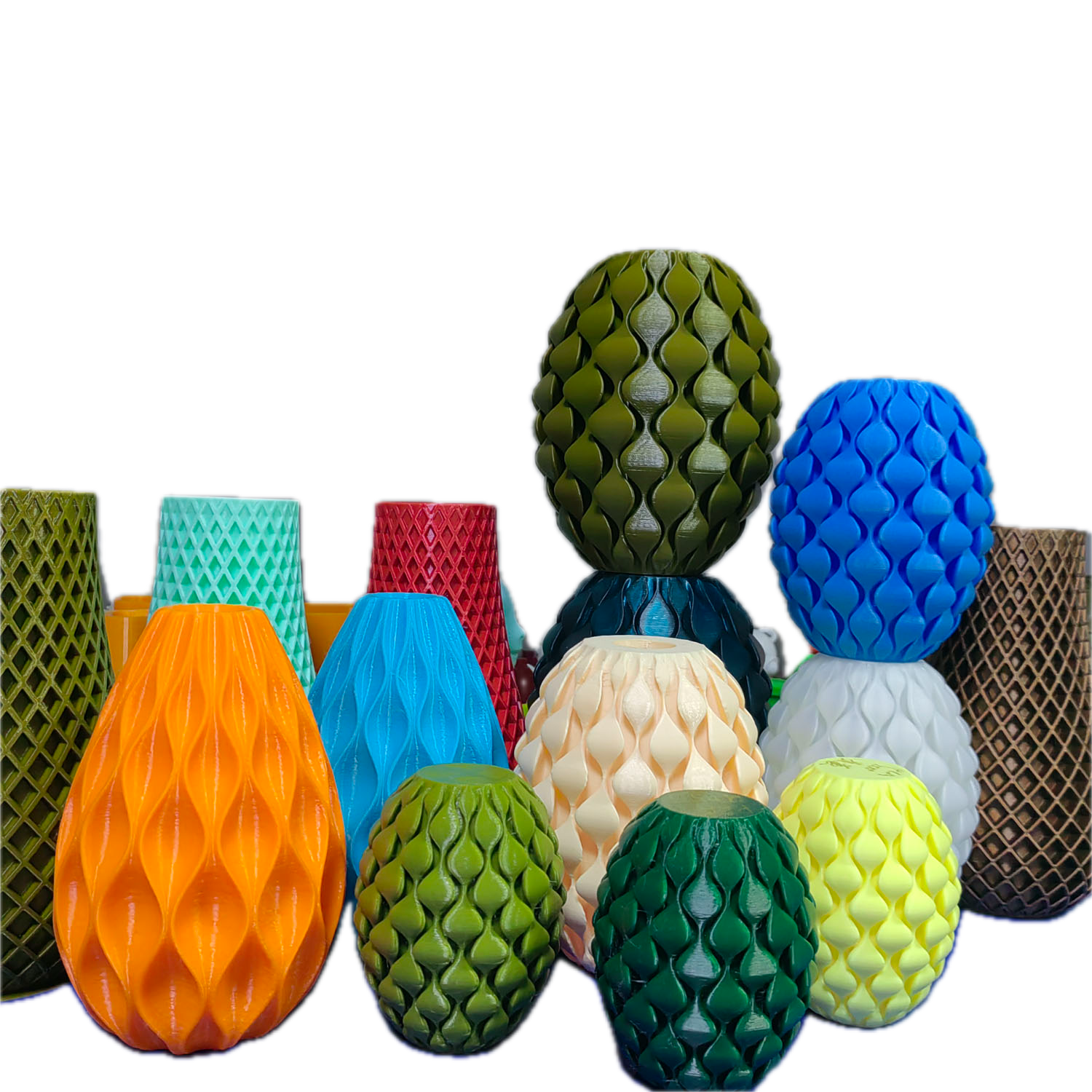
How Filament Dryers Can Improve Your 3D Print Quality
Share
When you’re chasing high–quality 3D prints, the last thing you want is stringing, poor layer adhesion, or brittle parts. What many makers don’t realise is that moisture in your filament can quietly ruin your results — even if you’ve dialled in your printer settings perfectly. That’s where filament dryers come in.
At Zextrude, we stock premium PLA, PETG, ABS, ASA, and TPU filaments across Australia, and we’ve seen first-hand how much difference a properly dried spool can make.
Why Moisture Is a Problem for Filament
Most 3D printing filaments are hygroscopic, meaning they absorb water from the air. Even in a relatively dry environment, materials like PETG, Nylon, and TPU can pull in enough moisture over just a few days to cause issues.
When you print with wet filament, the absorbed water boils inside the hotend. The result?
- Stringing and blobs on the surface of your part
- Weak layer adhesion, making prints snap more easily
- Inconsistent extrusion, leading to gaps or rough textures
- Cloudy finishes on otherwise smooth plastics
How Filament Dryers Work
Filament dryers gently heat spools to drive out absorbed moisture, bringing them back to their “fresh-from-the-factory” state. Most sit at around 40–60 °C, depending on the material. Some even let you feed the filament directly into your printer while it stays warm and dry.
Think of it as giving your filament a reset button — restoring consistency, improving flow, and ensuring you get the best possible print quality.
Do You Really Need One?
- Climate — Australia’s humidity levels vary widely. If you’re in coastal Queensland or Sydney, moisture problems are more common than in drier inland areas.
- Filament type — PLA is somewhat resistant, but PETG, Nylon, ASA, and TPU soak up water quickly.
- Usage habits — If you print daily and finish a spool fast, you may not notice issues. If spools sit half-used for months, a dryer can save you from headaches later.
Benefits of Using a Filament Dryer
- Better surface quality — fewer zits, blobs, and stringing
- Stronger parts — improved layer adhesion for functional prints
- Less waste — fewer failed prints due to poor extrusion
- Saves money long-term — you can rescue spools that might otherwise be binned
Zextrude’s Take
At Zextrude, we believe filament dryers are worth it for any serious hobbyist or professional. They’re particularly useful if you’re working with PETG, ASA, or TPU, which we stock in a wide range of colours.
Pair a dryer with our high-quality 1.75 mm spools, and you’ll notice sharper details, smoother finishes, and far fewer failed prints.
Final Thoughts
A filament dryer won’t replace good storage practices — airtight containers with silica gel are still a must — but it’s a powerful tool for anyone chasing top-notch results. If you’re investing time, money, and passion into your 3D prints, keeping your filament dry is one of the simplest upgrades you can make.
How long should I dry my filament?
It depends on the material and humidity exposure. As a rule of thumb: PLA 2–4 hours at ~45 °C, PETG 4–6 hours at ~55 °C, ASA/ABS 2–4 hours at ~60 °C, TPU 4–6 hours at ~45 °C. Always check your dryer’s manual and material guidelines.
Do I still need airtight storage if I use a dryer?
Yes. A dryer fixes moisture that’s already in the spool; airtight storage with desiccant helps prevent it returning, especially in humid Aussie climates.

